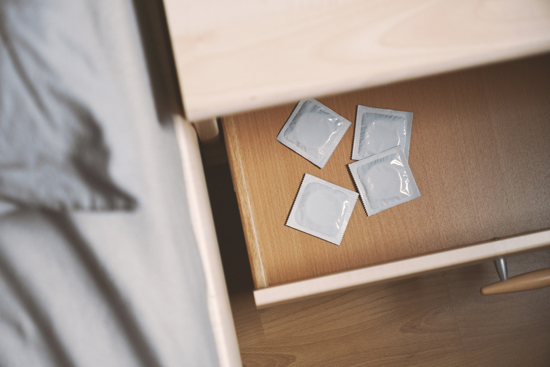What is a contraceptive implant?
The implant is a thin, flexible plastic rod that is inserted under the skin of the upper arm. It is 4 cm long. The implant works primarily by preventing ovulation. It has a core containing the hormone etonogestrel, which is gradually released. The implant does not contain estrogen.
Contraceptives containing estrogen carry a slightly increased risk of blood clots, a rare but serious side effect. Contraceptives that do not contain estrogen do not increase this risk.
You can use the implant for up to three years before it must be replaced or removed. You will be able to feel the implant under your skin. If you can no longer feel it, you should contact a doctor.
You need a prescription to obtain the implant. There is one contraceptive implant available on the Norwegian market, called Nexplanon (in Norwegian, felleskatalogen.no).
Cheaper contraception for those under 22
You may be eligible for free or discounted IUDs and contraceptive implants. Additionally, you can get a six-month supply of birth control pills at a reduced cost.
Insertion and removal of the implant
A doctor, public health nurse, or midwife must insert the implant into your upper arm. A local anesthetic is applied to numb the area before insertion. The implant is placed under the skin using a syringe or applicator that comes with the device.
To remove the implant, a small incision is made at one end of the implant and it is pulled out. Local anesthetic is also used during removal.
If the implant is inserted within five days of the start of your period, it will provide immediate contraceptive protection. If inserted at another time in your cycle, you will need to use condoms for the first seven days.
Bleeding while using the implant
Changes in your bleeding pattern are common when using the implant. It’s difficult to predict how your bleeding will be affected.
Some women experience irregular bleeding. This can include no bleeding, less frequent, more frequent, or continuous bleeding. Some may experience heavier and longer periods, while others find their periods become lighter and shorter.
About 20% of implant users do not have any menstrual bleeding at all.

Find the right contraception
All contraceptive methods offer good protection against pregnancy, but they differ in how they are used and in their side effects.
Illustration: Buecax/Mostphotos
Side effects
The most common side effect of the contraceptive implant is irregular bleeding. Other common side effects include:
- breast tenderness
- acne
- headache
- genital infections